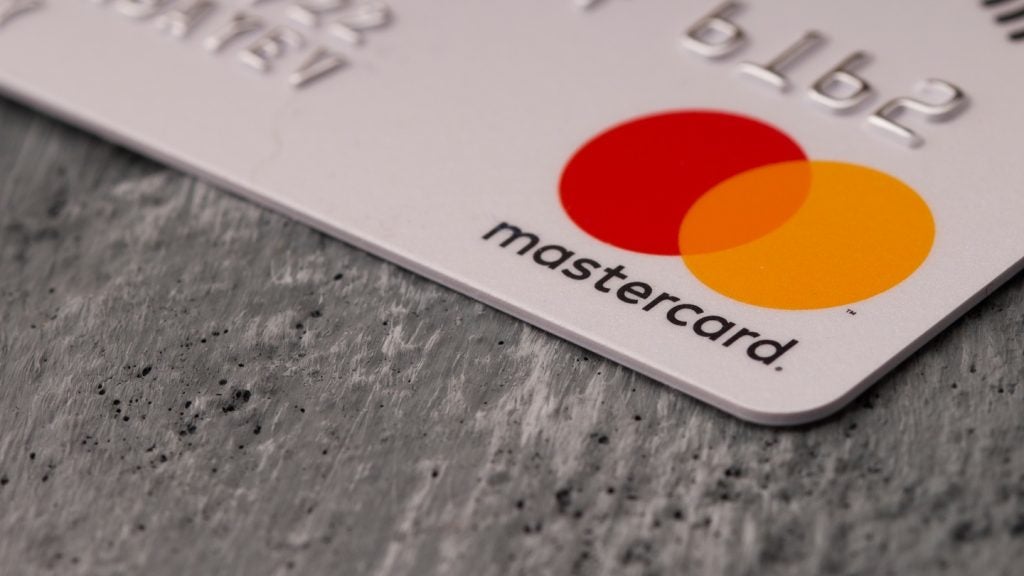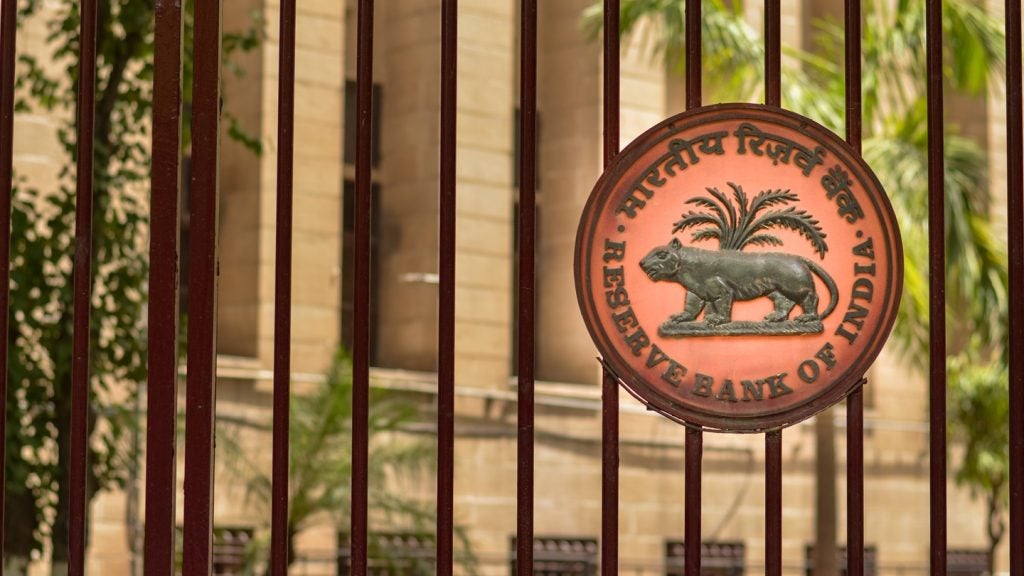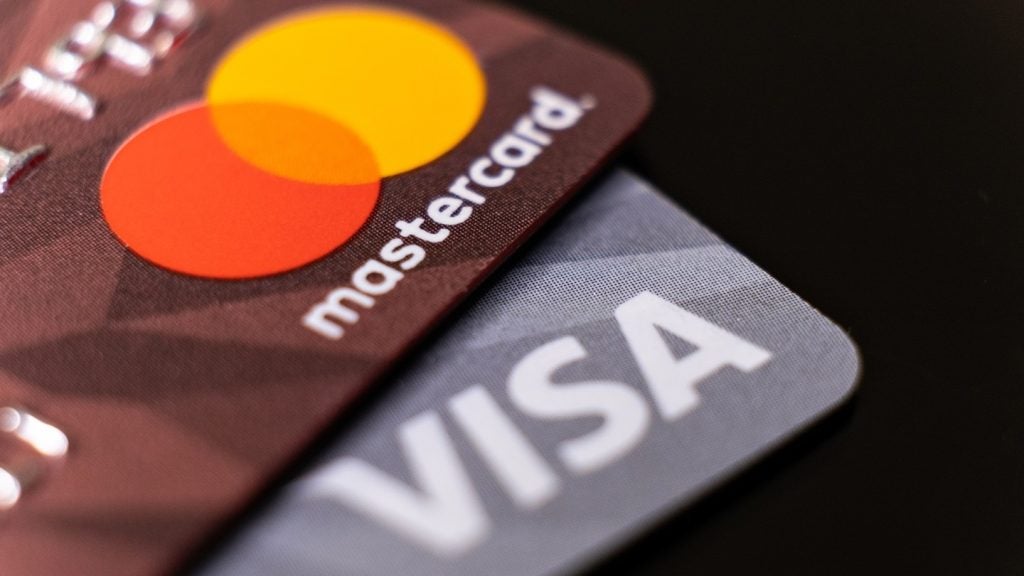Alternative payments
solutions are arriving on the market thick and fast. One of them,
FaceCash, promises to eliminate security problems by using their
customer’s face as a means of identifying them at point of sale.
Charles Davis looks at the product in more
detail.

Access deeper industry intelligence
Experience unmatched clarity with a single platform that combines unique data, AI, and human expertise.
FaceCash is a mobile payments
application created by Think Computer, the company founded by Aaron
Greenspan. Greenspan is the man who famously claimed his Harvard
classmate Mark Zuckerberg stole his idea for Facebook.
Some people think he could be
on the verge of fame on its own merits, as FaceCash recently
announced its first major national retail partner, Doctor’s
Associates – better known as the corporate parent of international
sandwich chain Subway.
While the plan is initially
limited to several Subway stores in California, the potential now
exists for widespread rollout. FaceCash is also set to launch a new
feature that allows shoppers to place orders and pay before they
arrive.
Unlike a host of other
emerging mobile payment systems, FaceCash doesn’t rely on existing
credit card schemes. It seeks to replace them, and to swap POS
readers and transaction software with a laptop and a simple barcode
scanner.

US Tariffs are shifting - will you react or anticipate?
Don’t let policy changes catch you off guard. Stay proactive with real-time data and expert analysis.
By GlobalDataThe ‘face’ in FaceCash refers
to its central security feature. The phone’s screen displays a
photo of its owner above the barcode, and the company identifying
the customer against that photo eliminates the need for a signed
receipt.
As long as they have a
computer, laptop, or iPad, a merchant of any size can turn the
device into a virtual cash register that accepts FaceCash by adding
a CCD scanner.
Consumers using the
application first must register online and link their FaceCash
account to a valid bank account. To initiate a payment, the user
accesses the barcode needed to complete a transaction from the
FaceCash account on the apps home page. The barcode also contains
the user’s digital image uploaded during the account-registration
process.
After the clerk scans the
barcode, the user’s image appears on a computer screen that is part
of the merchant’s POS system (provided the POS system is capable of
displaying images).
Think Computer routes the
transactions through its internal database and not the Automated
Clearing House.
The database moves funds
between the user’s account and the merchant’s account. The company
holds consumers’ funds in a prepaid account and uses those to
settle the transaction. Think Computer sends nightly batches to the
merchant with each day’s earnings.
The company incorporates
other fraud-prevention measures when consumers sign up for the
service at FaceCash’s website, and the application also enables
peer-to-peer transfers between users.
Think Computer charges
merchants a flat fee of 1.5% per transaction and claims to give
merchants enhanced transaction data tracking
capabilities.
The app is available for the
Apple iPhone, Google Android and Blackberry devices. Non-smartphone
users may use the service with a print out from FaceCash’s website
that contains their bar code image. The user cuts out the barcode
from a printer sheet and carries it around in their
wallet.
Competitive
space
FaceCash faces daunting
competition in the alternative payments space. There is Square, the
mobile card reader which offers a free card reader but charges
2.75% of the sale for swiped transactions initiated with its mobile
card-acceptance device and 3.5% for keyed-in transactions. Square
also applies an additional 15-cent fee for all
transactions.
Another new player, Sage
Payment Solutions has launched a mobile service that provides small
and medium-sized merchants lacking storefronts a low-cost option to
accept credit and debit transactions.
Sage’s mobile service works
within the software used in more than 400 mobile phones and across
all major wireless carriers. Through the mobile option, merchants
either may key in transactions using their phone’s keypad or an
attachable swipe device that works with Blackberry and Apple
smartphones.
The optional card reader cost
may range from free to $50, depending on merchant size.
Sage’s mobile payment service
costs merchants a set-up fee of $50. Merchants also pay $10.95 per
month with no other incremental mobile-processing or transaction
fees.
In addition, there is
VeriFone Systems’ PayWare Mobile platform, which comes with various
pricing models because multiple resellers sell it. VeriFone’s
suggested pricing plan is a $15 monthly gateway fee and a one-time
$49 sign-up fee for merchants with existing accounts.
Merchants also pay VeriFone
17 cents per PayWare Mobile transaction. Resellers, including
acquirers, set their own rates and the card reader sells for
$149.95 on Apple’s website.
FaceCash hopes that its heightened security and lower
pricing structure allows it to cut through the competition, but it
is early days yet.







